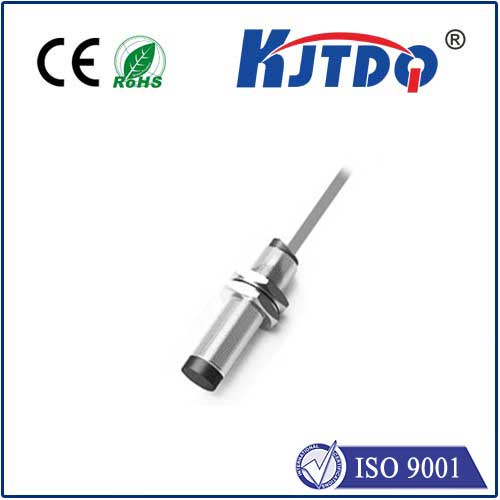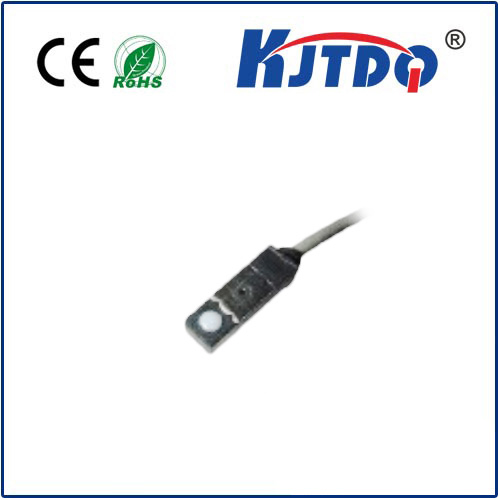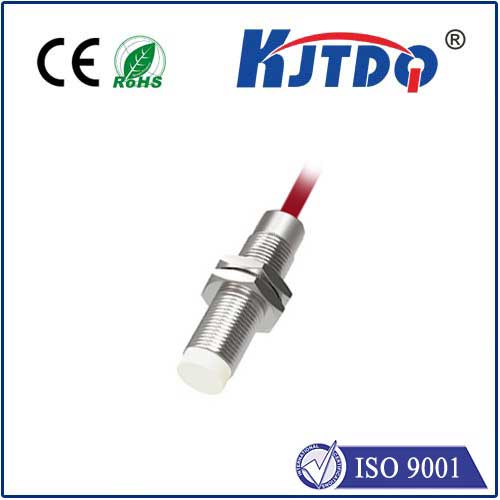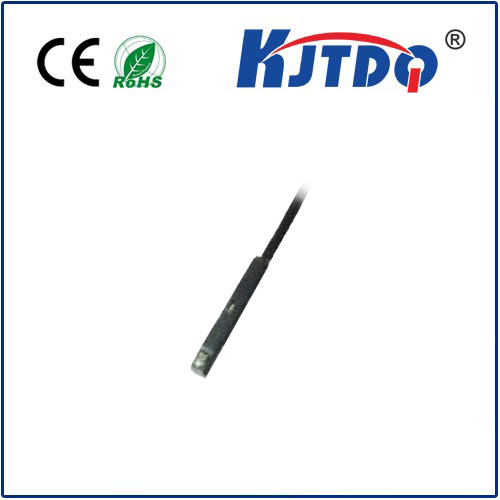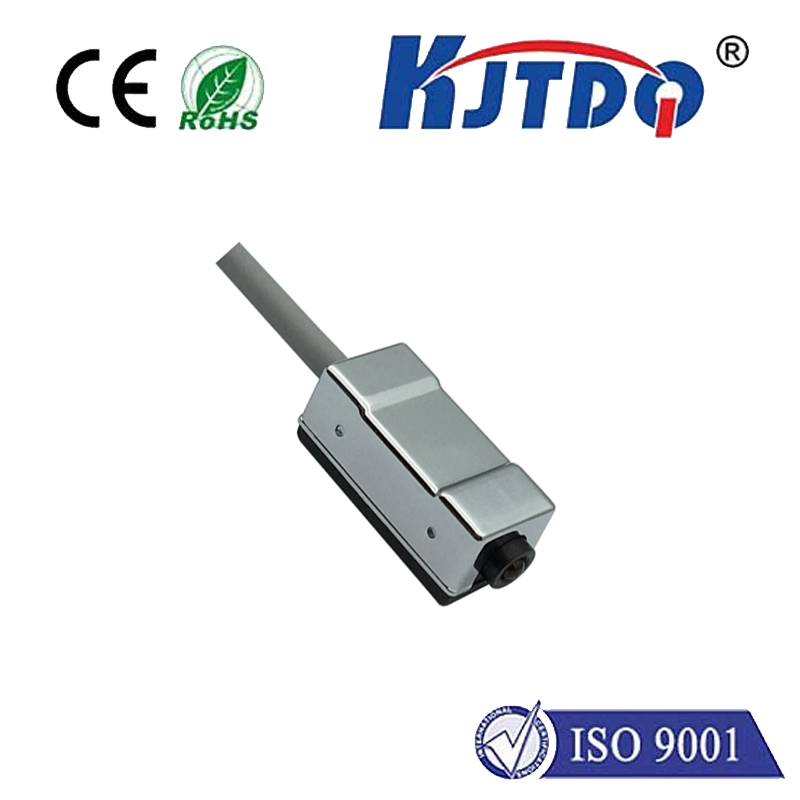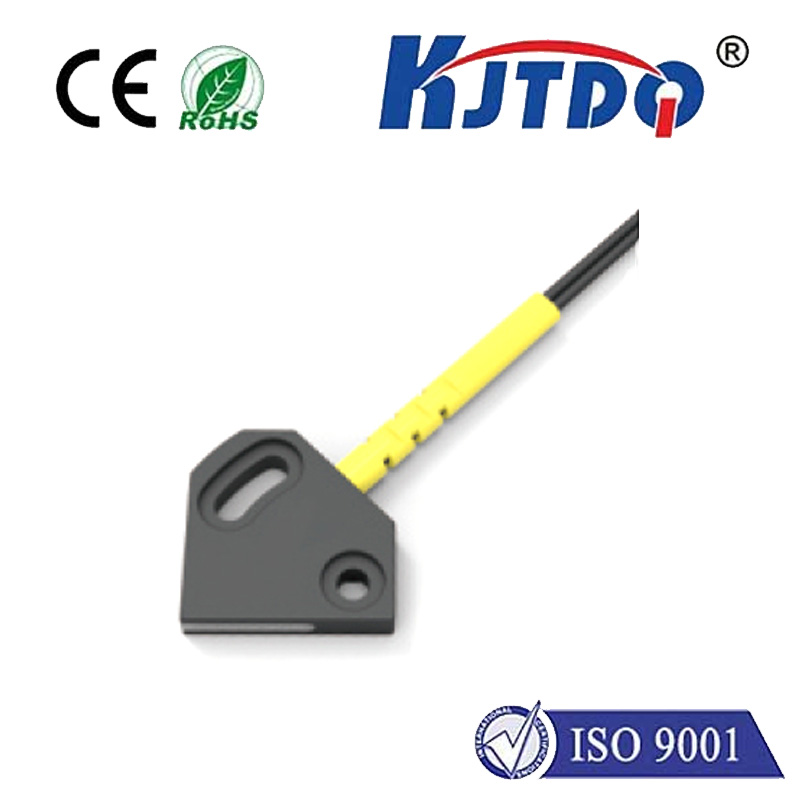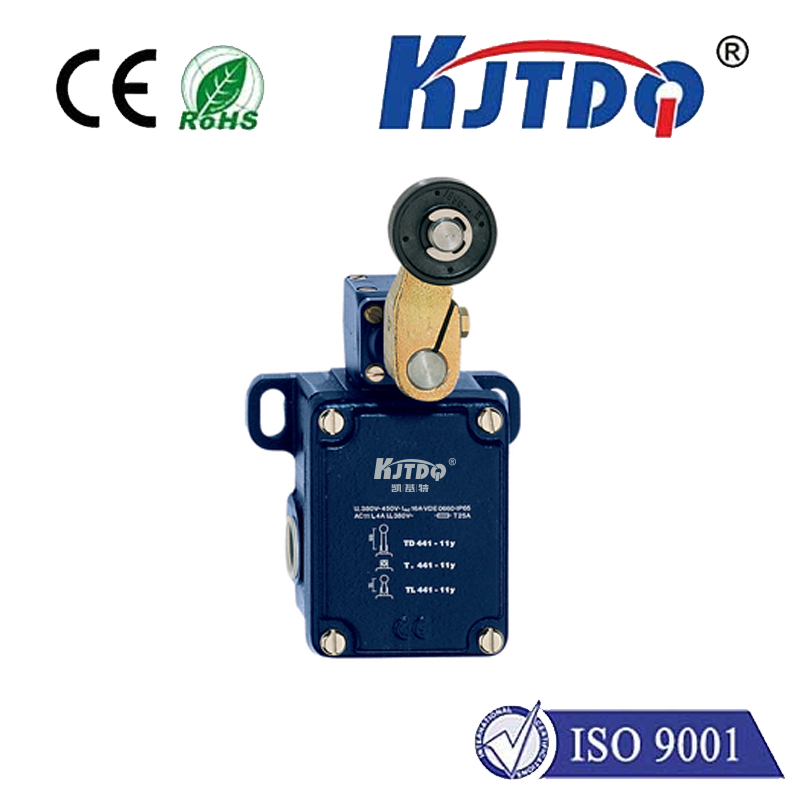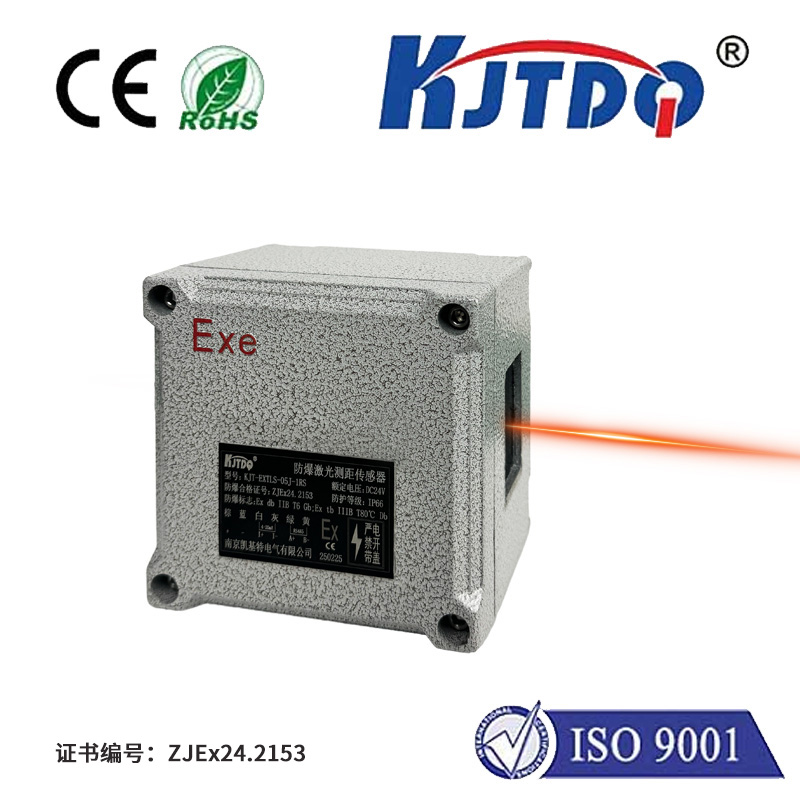аналоговый индуктивный датчик приближения
- time:2025-06-15 03:00:45
- Нажмите:0
Analog Inductive Proximity Sensors: Unlock Precision Control Beyond Simple Detection
In the heartbeat of modern industrial automation, where precision and reliability are paramount, sensing technology forms the critical nervous system. While digital inductive proximity sensors provide essential on/off detection, their analog counterparts open the door to a world of nuanced control and continuous measurement. Understanding the distinct capabilities of analog inductive proximity sensors is key to optimizing processes demanding more than just presence sensing.
The Core Principle: Sensing Through Eddy Currents
Like all inductive proximity sensors, the analog variant operates on a fundamental electromagnetic principle. The sensor’s face contains an oscillator coil generating a high-frequency electromagnetic field. When a ferrous (iron-based) or non-ferrous (e.g., aluminum, brass, copper) metallic target enters this field, eddy currents are induced within the target. These eddy currents draw energy from the oscillator circuit, causing its amplitude to decrease. A dedicated evaluation circuit within the sensor meticulously monitors this change.
The Analog Advantage: Continuous Feedback, Not Just Switching
This is where analog inductive sensors truly distinguish themselves. Instead of triggering a simple on/off switch at a predefined point (like digital sensors), they continuously translateВот.degree of amplitude change into a proportional electrical signal. This signal output varies smoothly as the target distance changes.
The most common output types are:

- Analog Voltage (e.g., 0-10V DC): Output voltage increases or decreases linearly in proportion to the distance between the sensor face and the target.
- Analog Current (e.g., 4-20mA): Output current increases or decreases linearly with distance. The 4-20mA standard is highly prized in industrial settings for its excellent noise immunity over long cable runs and its ability to indicate a sensor fault (current
This proportional output is the cornerstone of their versatility. It provides continuous, real-time information about the target’s position relative to the sensor.
Key Applications Enabled by Analog Feedback
Moving beyond simple object detection, analog inductive proximity sensors excel in scenarios requiring measurement, monitoring, and proportional control:
- Precision Position Monitoring: Tracking the exact position of machine components like cylinders (piston rod position), slides, or valves within their stroke. Ideal for verifying correct end positions or intermediate stops.
- Vibration Analysis and Runout Detection: Monitoring the vibration amplitude of rotating shafts, bearings, or machinery components. Excessive vibration indicated by fluctuating analog output can signal impending failure.
- Thickness Measurement / Gap Detection: Measuring the thickness of non-ferrous materials (like metal sheets, coatings, or rubber) or the gap between two metallic surfaces by analyzing the signal strength influenced by material penetration depth.
- End-of-Line Quality Checks: Verifying critical dimensions on metallic parts (e.g., verifying the depth of a drilled hole by sensing the position of the drill bit holder or a reference surface).
- Level Sensing: Detecting the level of granular metallic materials or liquids containing metallic particles in tanks or hoppers (requires careful setup regarding material characteristics).
- Speed Monitoring: Providing a speed-proportional signal from gear teeth or rotating cams.
- Coordinate Positioning: Used in conjunction with other sensors within multi-axis systems for precise feedback.
Comparing Analog vs. Digital Inductive Sensors
| Особенности |
Analog Inductive Sensor |
Digital Inductive Sensor |
| Экспорт |
Proportional (e.g., 0-10V, 4-20mA) |
Discrete (On/Off: NPN, PNP, NO, NC) |
| Information |
Continuous distance/position data |
Target present/absent at set point |
| Key Strength |
Precision measurement & control |
Reliable presence detection |
| Setup |
Requires calibration & output scaling |
Set sensing distance (Sn), install |
| Complexity |
Higher (interpretation needed) |
Simpler (binary signal) |
| Cost |
Generally higher |
Generally lower |
Critical Selection Factors for Analog Inductive Sensors
Choosing the right sensor demands careful consideration:
- Sensing Range (Sn): The nominal distance at which the sensor is calibrated. Ensure it accommodates your required measurement range.
- Target Material and Size: Performance varies significantly between ferrous and non-ferrous metals. Sensor specifications list correction factors (e.g., 1.0 for steel, often 0.3-0.5 for aluminum/stainless steel). Target size must also meet the sensor’s minimum requirement. Always consult the datasheet.
- Output Type & Scaling: Choose voltage (0-10V, 0-5V) or current (4-20mA, 0-20mA) based on your controller’s inputs and environmental factors (noise, cable length). Ensure the output characteristic (linear, inverse linear) matches your application need.
- Linearity: A critical specification! It defines how closely the output signal tracks actual distance changes (e.g., ±1% full scale). Higher linearity equals higher precision.
- Hysteresis: The difference in switching points when the target approaches versus recedes. While inherent, lower hysteresis is better for precision applications.
- Repeatability: The sensor’s ability to consistently output the same value at the same target position under identical conditions. Crucial for reliable measurements.
- Temperature Stability: How much the output drifts over the specified operating temperature range. Essential for consistent performance in varying environments.
- Operating Frequency/Response Time: How quickly the analog output can track changes in target position. Vital for high-speed applications.
- Environmental Rating (IP, NEMA): Protection against dust, water, oils, and chemicals. Match this to your operating environment.
- Mounting Requirements: Flush or non-flush mounting capabilities can impact sensing range and performance.
Harnessing the Power of Proportional Sensing
Integrating an аналоговый индуктивный датчик приближения effectively involves understanding its output characteristics:
- Calibration: Most applications require calibrating the sensor output range (e.g., 2V - 8V) to correspond to the physical measurement range (e.g., 5mm - 25mm).
- Signal Conditioning/Scaling: PLCs or controllers often need to scale the raw analog input (e.g., 4-20mA) into meaningful engineering units (e.g., millimeters, microns, percentage).
- Filtering: Adding signal filters (hardware or software) may be necessary in electrically noisy environments to ensure stable readings.
Why Choose Analog Inductive Sensing?
The unique strength lies in its ability to provide continuous, non-contact position feedback in harsh industrial environments where optical sensors might fail due to dirt, fog, or oil. Their robust design, immunity to surface conditions (as long as the target is metallic), and distance-proportional output make them indispensable tools for tasks demanding more than a simple yes/no answer.
Implementing successfully requires careful selection based on target, range, precision needs, and environment. When matched correctly to the application, analog inductive proximity sensors elevate automation from simple detection to sophisticated measurement and control, driving efficiency, quality, and predictive maintenance capabilities on the factory floor. They unlock a layer of process intelligence crucial for modern, data-driven manufacturing.

